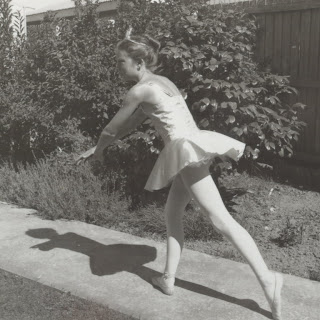Last Friday night Jean-Claude and I went to a concert together, our first. It took place in the magnificent Cathedral of Chartres. The current cathedral was mostly constructed between 1193 and 1250.
What makes the cathedral special from an art historical viewpoint is its exceptional state of preservation. The majority of the original stained glass windows survive intact, while the architecture has seen only minor changes since the early 13th century. The windows were removed just before the German invasion of WWII and put back and releaded after the war.
Since at least the 12th century the cathedral has been an important destination for travellers -attracting large numbers of Christian pilgrims, many of whom came to see its famous relic, the Sancta Camisa, said to be the tunic worn by the Virgin Mary at Christ's birth. The cathedral is a UNESCO World Heritage Site.
So inside this enormous architectural and historic masterpeice, there we were, near the back of the church sitting on our uncomfortable little wooden chairs to listen to two hours of classical music. I tried to imagine all the events that must have taken place there-it's atmospheric and a good use of the facility for the community.
The chairs were arranged on the stone floor and the front of the Nave was lit for the tiny orchestra but there is no tiered seating so we couldn't actually see anything. As befitted the era of the music the orchestra was very small and there was a soprano - Noriko Urata, and a contre-tenor- Rachid Ben Abdeslam.
The evening was divided into two parts, the first was Stabat Mater by composer Pergolese. It reflects the pain a mother goes through when she sees her son die and was written in 1736 about the death of Jesus. The second part was the same death but from the perspective of the last seven words spoken by Christ on the cross and was completed by Haydn in 1787.
Religious stuff doesn't thrill me but I had religious instruction for years when I was young so I knew a fair bit of the context and words. The orchestra was very good and the singers were OK but not my cup of tea- too operatic for my taste. From time to time two tiny birds would flit very quickly over the orchestra, their little bodies catching the spotlight momentarily, quite charming. But it was very cold inside the cathedral, with no refreshments or comfort or even a view. JC had his telephoto lens on, walked boldly up the centre aisle and took some shots which you can see here. It was an interestiong experience but I think I'd like to try something a tad more comfortable next time.
 The other cultural event of the weekend was the Rugby World Cup match between New Zealand and France held at Eden Park in Auckland.
The other cultural event of the weekend was the Rugby World Cup match between New Zealand and France held at Eden Park in Auckland.In general I detest Rugby. I can't stand the fanatical religious attitude in NZ to this ballgame or the violence that can surround it (players who beat up females, the whole warrior Maori culture thing). I hate sanctioned violence. As I watched the opening to the game it certainly looked gladiatorial with each team coming out and the usual posturing and threats by the AllBlacks to kill the opposing team- that's sportsmanship...not.

I don't watch rugby games but I was in a completely different situation this time. It was NZ vs France. I have strong links to each country. This time I had to watch it with a French commentary. Fast, furious French back and forth between the two commentators. I understood some of it and now I know a few Rugby terms in French.
After 30 years of NOT watching Rugby games (except a test match in the mid 80s when I had to accompany my daughter's father to one- really boring, had to read a magazine for the opener). Yes, it has been 30 years and the game has changed. It's more polished, the techniques in the lineouts and scrums are different, the game continues now even if a player is injured. The players are pinup boys. They also get paid a disgraceful amount of money.
 JC commented on the physical differences between the two teams: the AllBlacks seemed to be bursting out of their microfibre uniforms like incredible hulks, whereas the French were of a more athletic build and weren't covered in tatoos. The ABs are built like triangles and don't have normal builds although a couple of them seem quite attractive. The muscles are a bit over the top on some of the players. I could see the French had less power in the scrums and fumbled the ball a bit-their management was furious.
JC commented on the physical differences between the two teams: the AllBlacks seemed to be bursting out of their microfibre uniforms like incredible hulks, whereas the French were of a more athletic build and weren't covered in tatoos. The ABs are built like triangles and don't have normal builds although a couple of them seem quite attractive. The muscles are a bit over the top on some of the players. I could see the French had less power in the scrums and fumbled the ball a bit-their management was furious.Overall I thought it was a good game without silly fighting or arguing about referee decisions. The AllBlacks deserved to win and I enjoyed watching my two favouite countries. It was interesting for me to watch this game from a different country; a bit of emotional distance between me and NZ, but I did enjoy connecting with my roots for a short time. We'll see if they can keep it up to win the World Cup. Final score was NZ 37 to France 17. AB Captain Richie McCaw had his 100th test match.












